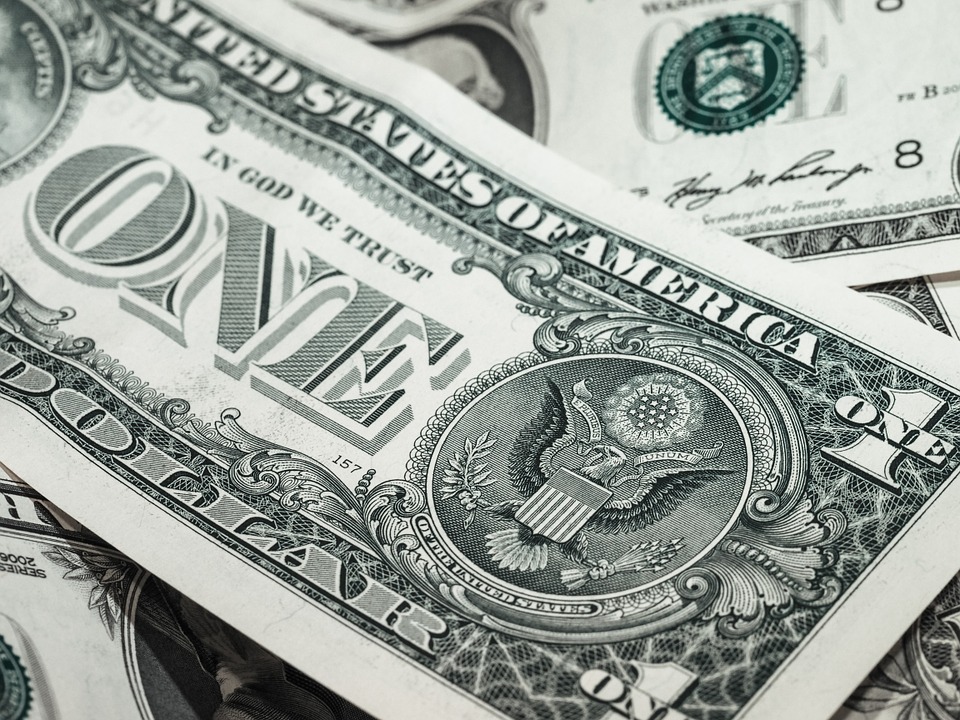Newsflash: You Can’t Be “Financially Conservative And Socially Liberal”

Image by TBIT via Pixabay / CC BY 2.0.
In high school, right as I was beginning to grow my social justice legs and stumble around political conversations like a just-birthed zebra, a friend told me he was “financially conservative but socially liberal.”
I’ll admit that the idea was foreign to me, since I was raised by proud Canadians (see: socialists), but I still found it to be an acceptable stance on socio-economics. “Money is private while social issues are public,” I rationalized. “This guy cares about other people, he just doesn’t want their decisions interfering with his personal financial earnings! It’s sensible. Hey, maybe it’s even right!”
Maybe you’ve experienced a similar train of thought. Maybe you yourself are someone who identifies as “financially conservative but socially liberal.” Maybe you’ve accepted (or uttered) a statement along the lines of “I’m fiscally conservative, but I’m not one of those people! I’m not hateful or racist or sexist!”
But the truth of the matter is that financial issues are inherently linked to social ones. There’s no way around it: Fiscal conservatism decreases federal funding, and therefore diverts money away from social programs that protect the medical, educational, and social rights of millions of American citizens. So why do so many people still cling to this ideology? Maybe it’s due to a misunderstanding of the ways in which poverty operates. Perhaps it’s a feature of being raised in a financially sheltered and socially stable environment. It might, like so many other “truths” we hold, just be a logical disconnect.
At the end of the day, it doesn’t matter why many people have tolerated the “financially conservative but socially liberal” narrative for so long. What matters is the willingness to accept the fact that an ideology we might consider “right” or “comfortable” can cause tangible hurt. Instead of running from this discomfort, though, we should acknowledge it as a growing pain — a marker of conversation that can make us wiser, kinder, and more aware.
Having this conversation isn’t easy, but we can use facts and figures to make it easier to digest. That starts with acknowledging and understanding the reality that ethnic and racial minorities in America consistently occupy lower socioeconomic statuses than white people do.
One ugly feature of this financial disparity is that it largely forces people of color to inhabit urban neighborhoods that lack sufficient resources for schools and medical centers. These neighborhoods are often plagued by gang-related and domestic violence, and are over-policed but under-supported. These individuals are systematically kept in such neighborhoods (and thus kept out of other social arenas) by institutional racism, making the cycle of poverty nearly impossible to break. In turn, this cycle affects job opportunities, housing arrangements, educational pursuits, and nearly every other factor of social life generation after generation.
Some of the social effects of fiscal conservatism are:
- Women who seek abortions but are denied access to them are three times more likely to fall below the poverty line than women who aren’t denied access. These women are regularly denied access because there are few abortion clinics nearby (due to a lack of funding), and they often cannot afford to travel to receive an abortion elsewhere.
- 27 percent of individuals — 15 million people — living below the poverty line are uninsured (a number that is sure to increase with the repeal of the Affordable Care Act). Of these 15 million people, Lieberman demonstrates that approximately 5 million have obesity and 1 million have diabetes. Without insurance, they do not receive sufficient medical care.
- The poverty rate for people with disabilities is 29 percent. Again, these individuals rarely have access to comprehensive health care services and seldom have reliable and accessible transportation to work (if they’re employed at all). Additionally, individuals living with disabilities have higher than average medical expenses.
- Financial stresses lead to significant upticks in the rates of domestic violence, depression, and suicide within a given community.
This list is in no way exhaustive, but the facts are clear: Poverty is not a monster that dances intermittently through unsuspecting individuals’ lives. Poverty is not seasonal or arbitrary. Poverty is a feature of a broken and discriminatory social system. It is a symptom of inequitable power distributions. It is entrenched in society’s mores and manipulations. Poverty does not offer second chances or politely excuse itself in the presence of a new job opportunity. Poverty does not just make paying the electricity bill difficult. In actuality, poverty perpetuates itself by promoting political disenfranchisement.
The very foundations of our political process are designed to systematically exclude the financially under-privileged. A 2015 Pew Research Center Report stated that “financial security is strongly correlated with nearly every measure of political engagement.” The evidence aligns with the claim that restrictive Voter ID laws make it expensive, intimidating, and sometimes impossible for lower-SES Americans to make their voices heard in elections. The evidence also demonstrates that Tuesday election days disadvantage individuals who must take time away from their hourly-wage jobs to visit the polls. For these individuals, missing work (or more specifically, missing out on the vital income that a work shift provides) is often a non-option.
The American electoral process is therefore designed to benefit those who are secure in their wealth, a population that just so happens to be mostly comprised of white people. To be clear, not all white people are rich, but we must acknowledge the reality that black poverty differs from white poverty.
It’s our duty to realize that these aspects of America’s political system effectively minimize the opportunities low-SES (socioeconomic status) citizens have to engage in political life. By reinforcing this reality, fiscal conservatism has the social effect of ensuring that low-SES folks don’t vote at the rate that higher-SES citizens do. Therefore, these individuals are never truly “represented” by their government; this leads to a maintenance of the status quo that primarily benefits privileged Americans. Additionally, fiscal conservatism fortifies the trend of poverty being an expensive condition, as it effectively locks people into financial and social castes that are almost impossible to break out of. This occurs because fiscal conservatism diverts federal support away from the educational, medical, and social programs that other members of society — of our society — so desperately depend on.
We must realize that when we say, “I’m fiscally conservative but socially liberal,” what we’re really saying is, “I care about poor people and POC, but not enough to confront how my ideology marginalizes them.”
What we’re really saying is, “I only want to seem like I care.”
And that hurts to hear. So instead of continuing to defend the “financially conservative but socially liberal” narrative with roundabout rhetoric and defensive “But I care!” interjections, let’s simply digest the fact and put our money where our mouths are. Let’s fight for justice using all of our resources and privileges, financial ones included. Because it’s logical, because it’s what will increase the life chances of individuals in marginalized communities, because it’s what must be done.




